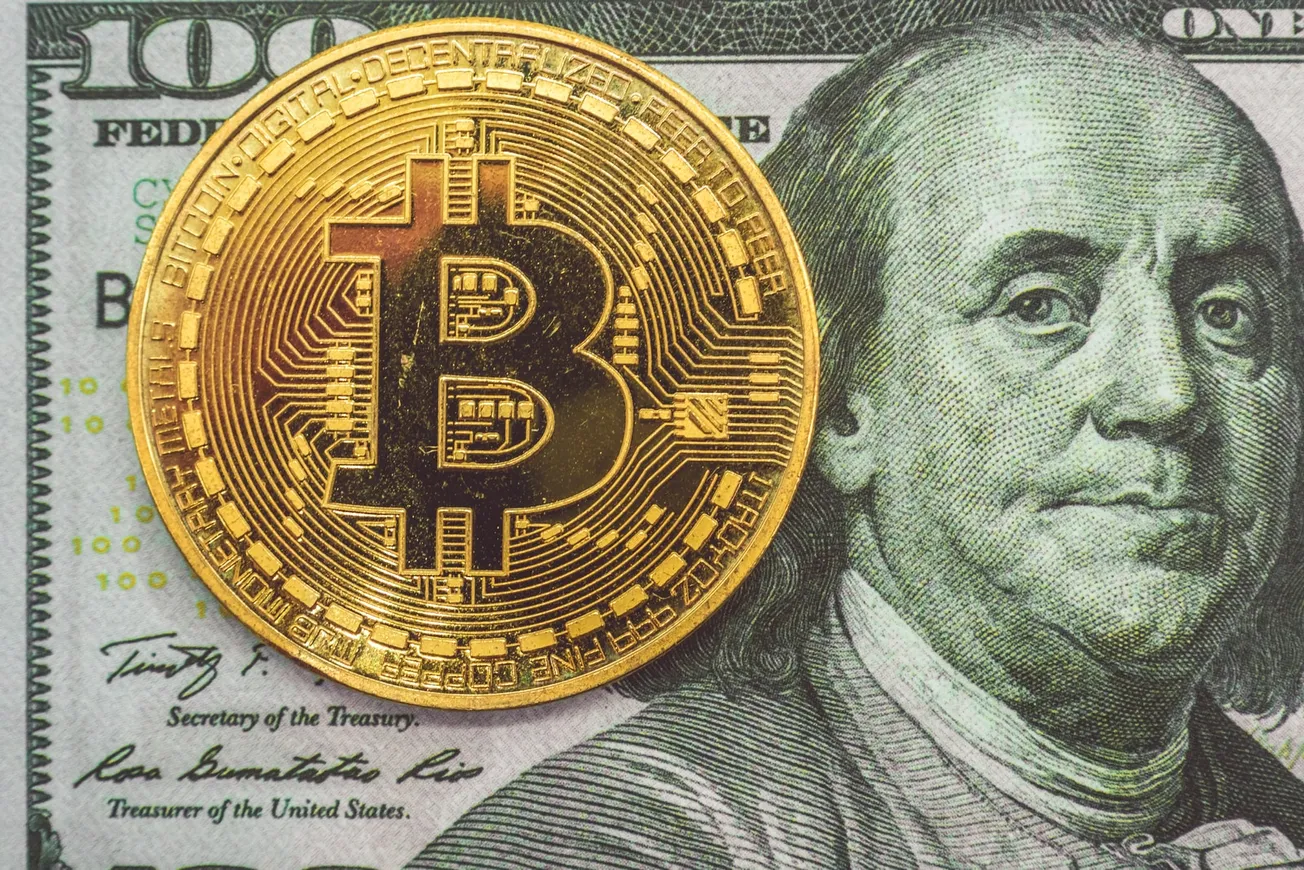Dave Birnbaum
Dave Birnbaum is the product director at Coinbits, where he leads a team that is making Bitcoin user-friendly for the next generation of Bitcoiners.
Have you heard of “innovation economics?” This relatively new school of thought represents a shift away from traditional economic theories, and emphasizes entrepreneurship, technological innovation, and, you might have already guessed, government intervention as key drivers of economic growth.
Since one of the members of the Federal Reserve Board of Governors subscribes to the concept of innovation economics, understanding this school of thought may help us interpret or even anticipate policymaker’s decisions that will affect us all.
Rooted in the ideas of thinkers like Joseph Schumpeter, this framework seeks to recognize the importance of innovation to an economy, not just the management of resources, and provides a theoretical framework for how to encourage and accelerate the creation of new technologies, products, and services.
Unlike classical economics, which focuses on equilibrium, innovation economics sees economies as dynamic and continuously evolving. While it’s true that the economy is a dynamic system, its proponents take this a step further, arguing that targeted government support can stimulate technological advancement, productivity growth, and economic progress.
This approach has shaped policies in the United States over the past 20 years. Proponents point to the America COMPETES Act, STEM education initiatives, and technological research and development grants as notable outcomes.
However, when you strip back the jargon, it becomes clear that innovation economics is just a new veneer on an age-old concept: government picking winners and losers. It is centralized industrial policy-making updated with the trappings of the 21st century and nets out to yet another form of state capitalism. The clear evidence for this can be found in an unlikely place: Bitcoin.
A decentralized digital currency that is radically improving the world economy, Bitcoin’s story is remarkable. In 15 short years, a moonshot to create a universal honest ledger has been adopted by hundreds of millions of people and even nation-states. It is sound money that can be sent anywhere in the world, and promises change that both sides of the political aisle could get behind, from healthy market competition in the financial sector to protection from exploitation for the populations of poor countries.
Ironically, bitcoin would be an ideal candidate for an innovation subsidy, given the tremendous positive impact it could have once key technical problems are solved. Its potential to revolutionize the financial system, enhance privacy, and democratize finance makes it a game-changer. And, although there is a robust commercial and industrial ecosystem evolving naturally around Bitcoin, there is no question that the ecosystem would develop faster if it were subsidized.
However, the benefits offered by Bitcoin come at a cost to the power of state apparata, which depend on seigniorage (profiting from money-printing) as a key lever of power. Whatever you think of Bitcoin and its long-term prospects, there’s no question that if it were to succeed, it would obviate the need for government-controlled fiat currencies and the central banks that issue them, and reduce the power of the state over the economy.
Hence, even though bitcoin subsidies would seem to be consistent with the stated objective of innovation economics of helping people, bitcoin would never receive government support precisely because it works against the government’s interest in maintaining control over fiat currency. This exposes a congenital defect of innovation economics—it must be biased towards preserving the power and control of those who decide what to subsidize.
This leads to a broader question that the reader must ponder. If Bitcoin is a specific case that exposes the general flaw in innovation economics, what other opportunities are being suppressed or missed because capital is being misallocated by innovation subsidies?
The story of Bitcoin, an innovation that emerged and thrived without government support, serves as a sobering reminder that true innovation often follows its own path.
Furthermore, it is not possible for the government to pick winners and losers in the innovation race without prejudice or self-interest. While innovation economics has alluring promises and can point to specific successes, it fails to escape the biases and conflicts that inevitably arise from government intervention.
Despite its modern facade and claimed successes, the theory of innovation economics falls short of delivering an unbiased, effective path to technological innovation. The specific case of Bitcoin, coupled with the general potential for missed opportunities due to biased capital allocation, calls into question the very foundations of this approach. Policymakers and economists would do well to carefully consider these flaws.
This article was originally published on FEE.org. Read the original article.









